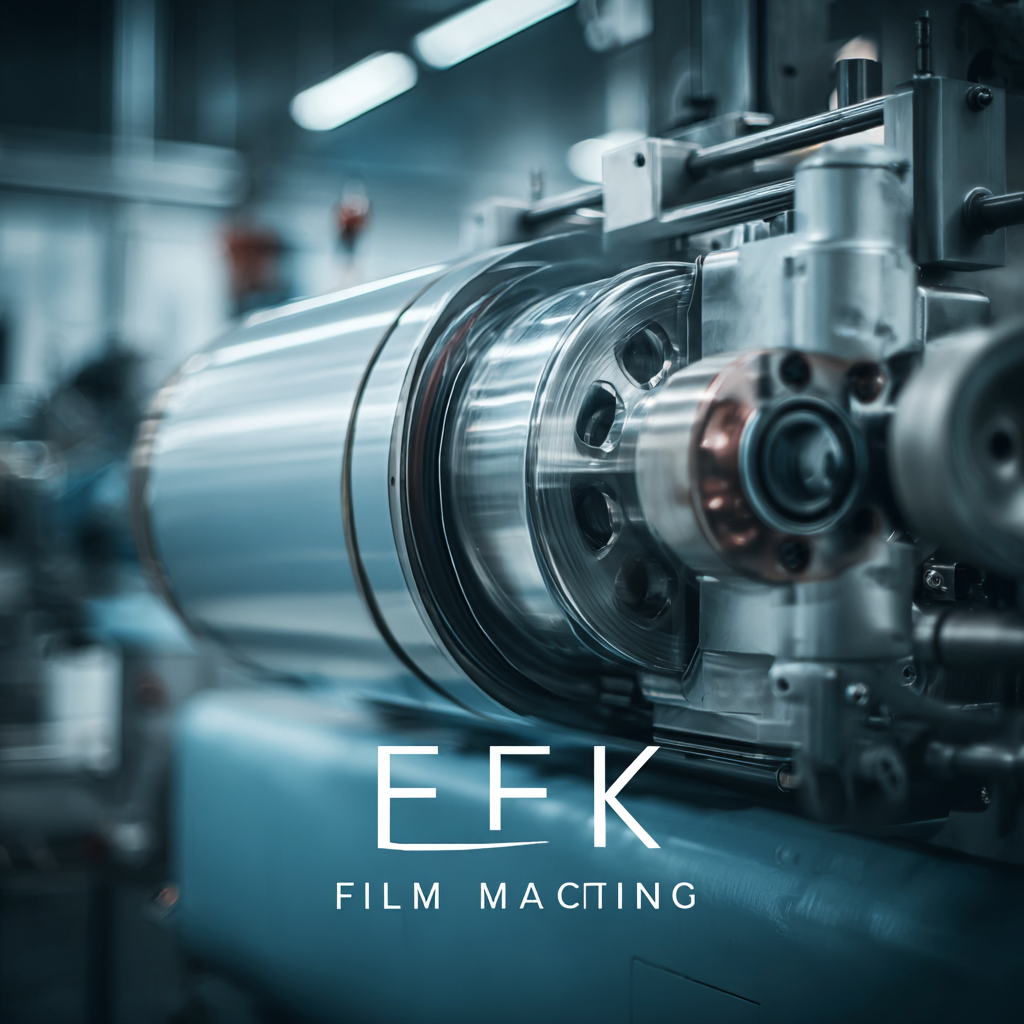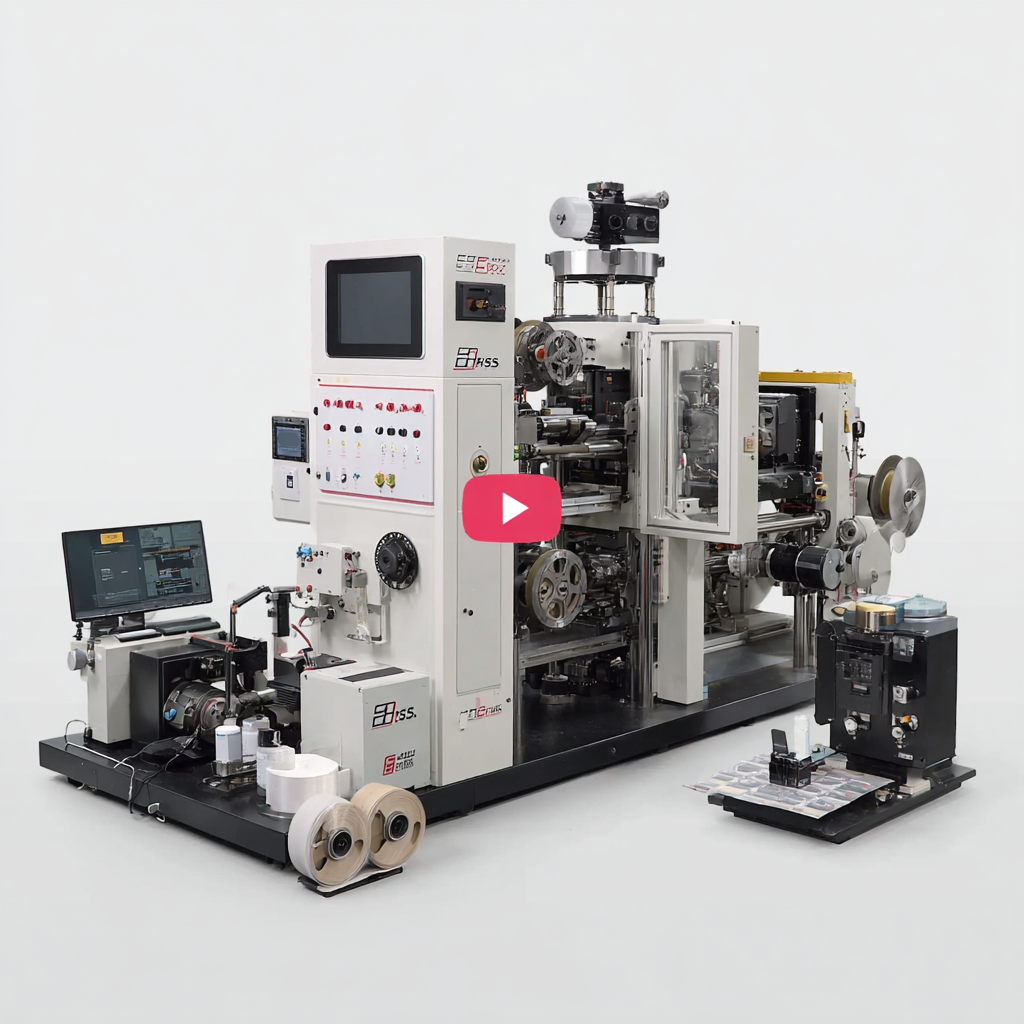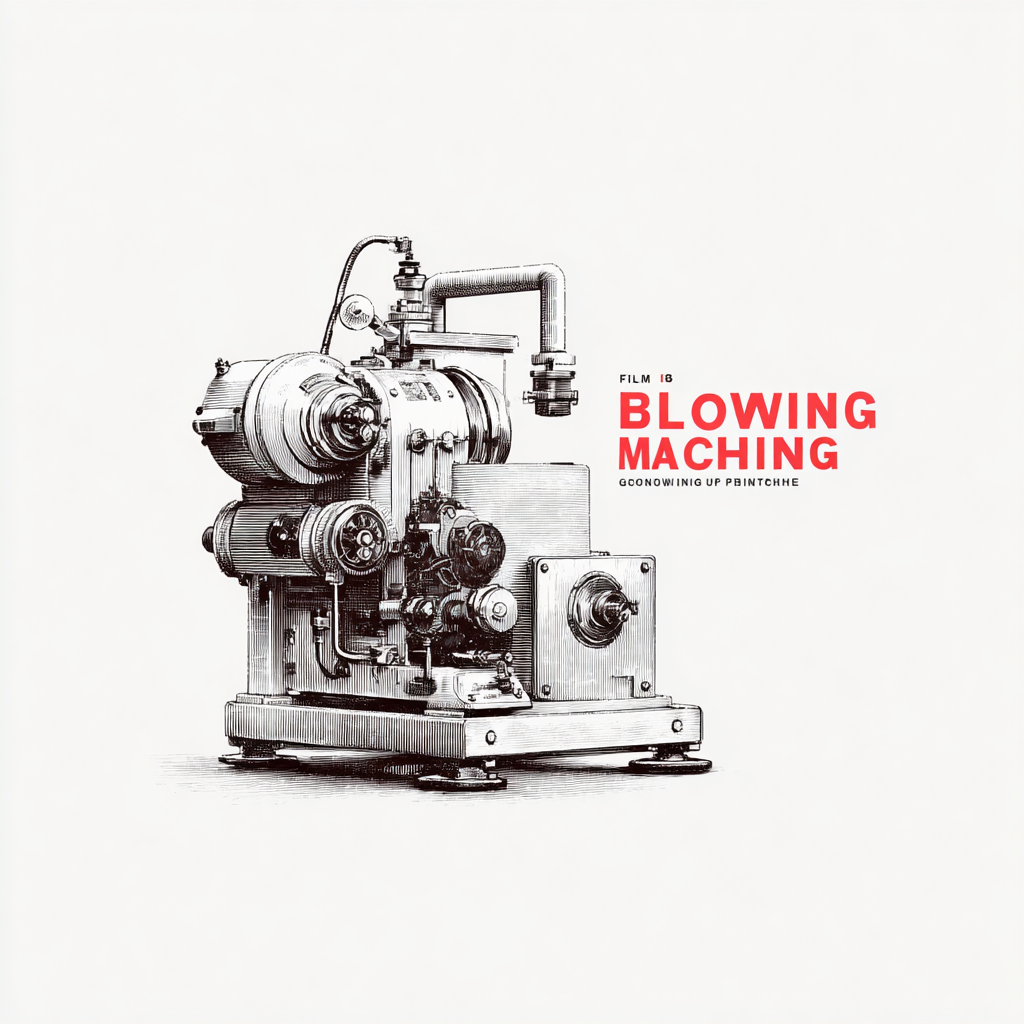
Essential Guide to Choosing the Best Film Blowing Machine for Your Production Needs
In the ever-evolving landscape of the packaging industry, the Film Blowing Machine stands out as a critical piece of equipment for manufacturers aiming to meet diverse production needs. According to a recent market analysis report, the global market for blowing films is expected to grow significantly, reaching an estimated value of USD 8.77 billion by 2025, driven by the increasing demand for flexible packaging solutions across various sectors. In particular, China has established itself as a leader in the production and export of advanced film blowing machines, showcasing outstanding quality and innovation.

As businesses consider upgrading or investing in new machinery, understanding the essential features and specifications of film blowing machines becomes paramount for optimizing production efficiency and ensuring high-quality output tailored to market demand.
Understanding Film Blowing Machines: Types and Applications in Modern Production
When it comes to modern production, understanding the types and applications of film blowing machines is crucial for optimizing your operations. Film blowing machines are designed to produce plastic films through a process that involves extruding molten plastic and then blowing air to form a film tube. The two main types of machines are single-layer and multi-layer film blowing machines, each catering to different production requirements. Single-layer machines are typically used for straightforward applications like grocery bags and packaging films, while multi-layer machines offer enhanced barrier properties and are ideal for specialized uses such as food packaging.
When choosing the right film blowing machine, consider the specific applications you need it for. A tip is to evaluate the thickness and strength required for your products. Multi-layer film blowing machines, for instance, can provide better moisture and oxygen barriers, making them suitable for industries that require high-quality preservation of products.
Additionally, pay attention to the machine's throughput capacity. Ensure that the speed aligns with your production goals, as this can significantly impact your overall efficiency. An efficient machine can help reduce production costs while maintaining quality, so research extensively and consult with suppliers to find the best option tailored to your needs. Always remember to factor in maintenance and support services, as these can influence the longevity and performance of your investment.

Key Factors to Consider When Selecting a Film Blowing Machine for Efficiency
When selecting a film blowing machine, it’s crucial to focus on key factors that can significantly enhance production efficiency. According to a recent industry report by Smithers Pira, the global market for blown film is projected to grow at a CAGR of 4.3% over the next few years, emphasizing the increasing demand for efficient production technologies. One of the main factors to consider is the machine’s output capacity, which can vary widely. Machines that can produce larger film widths tend to have higher output rates, making them ideal for large-scale operations.
Tips: Always evaluate your production requirements against machine specifications. A machine with a higher output may seem advantageous, but it must also match your specific film thickness and material type needs to prevent waste.

Another important aspect is the technology employed in the machine. Advanced options like co-extrusion and inline degassing can provide significant advantages in producing multilayer films with enhanced properties. As per research from Research and Markets, films produced through advanced techniques have experienced a 15% increase in market share due to their superior barrier properties, which is vital for product preservation in the packaging sector.
Tips: Prioritize machines that offer modular designs, allowing for future upgrades as your production needs evolve. This flexibility can lead to long-term savings and efficiency improvements.
Industry Trends: Market Demand and Technological Advancements in Film Blowing Machinery
As the film blowing machinery market navigates through a post-pandemic recovery, the demand for specialized products such as EVA films continues to surge. The market for EVA films is bifurcated into types, primarily standard EVA films and anti-PID EVA films, with the latter gaining traction due to their essential role in solar panel encapsulation. According to recent industry reports, the global EVA film market is projected to reach significant growth, driven by increasing applications in renewable energy and packaging sectors. Moreover, advancements in production methods, including extrusion and casting, are reshaping manufacturing processes, enabling greater flexibility and efficiency. As blow molding machine builders emerge from a stagnant phase, there has been a noticeable revival in demand, indicating a shift towards more innovative machinery solutions. With the increasing complexity of production needs, manufacturers must evaluate their equipment choices carefully, considering both technological advancements and evolving market trends to remain competitive in an expanding industry landscape.
Comparative Analysis: Cost vs. Quality in Film Blowing Machine Selection
When selecting a film blowing machine, one of the critical factors to consider is the
balance between cost and quality.
According to a report by Smithers Pira, the global market for blown film extrusion
is projected to reach $30 billion by 2025,
indicating a robust demand for high-quality machines. However, the initial investment in
a premium film blowing machine can be substantial, often ranging from $50,000
to over $200,000, depending on the specifications and features.
This can be daunting for smaller manufacturers who must weigh their budget against
production efficiency and output quality.
Quality-driven machines typically provide better film consistency and reduced scrap rates,
translating to long-term savings and enhanced productivity. A study by Industry Research
found that investing in higher-quality machinery can increase production
throughput by an average of 25%, thereby significantly
improving financial returns over time. Furthermore, advanced machines often come equipped with
better control systems and automation features, reducing labor costs and the likelihood of
operational errors. As such, while the upfront costs may be higher, the overall benefits of
quality machines establish a compelling case for investment in the long run.
Maximizing Production Output: How to Choose the Right Specifications for Your Needs
When selecting a film blowing machine, understanding the right specifications is crucial for maximizing production output. Key factors such as blowing ratio, film thickness, and cooling system design significantly affect the efficiency and quality of the end product. According to a report by MarketsandMarkets, the global blown film extrusion market is projected to reach USD 10.5 billion by 2025, driven by increasing demand for food packaging and industrial applications. This growth highlights the importance of aligning machine specifications with production needs to ensure you remain competitive.
Another critical aspect is the machine's output capacity, which should match your production volume requirements. A modern film blowing machine can produce films ranging from 50 kg/hour to over 500 kg/hour, depending on the model and settings. Additionally, technological advancements in automation and control systems have enabled precise adjustments, reducing waste and downtime. A study published by The International Journal of Advanced Manufacturing Technology emphasizes that optimized machinery settings can improve productivity by up to 30%, underscoring the necessity of thoughtful specification choices when investing in new equipment.